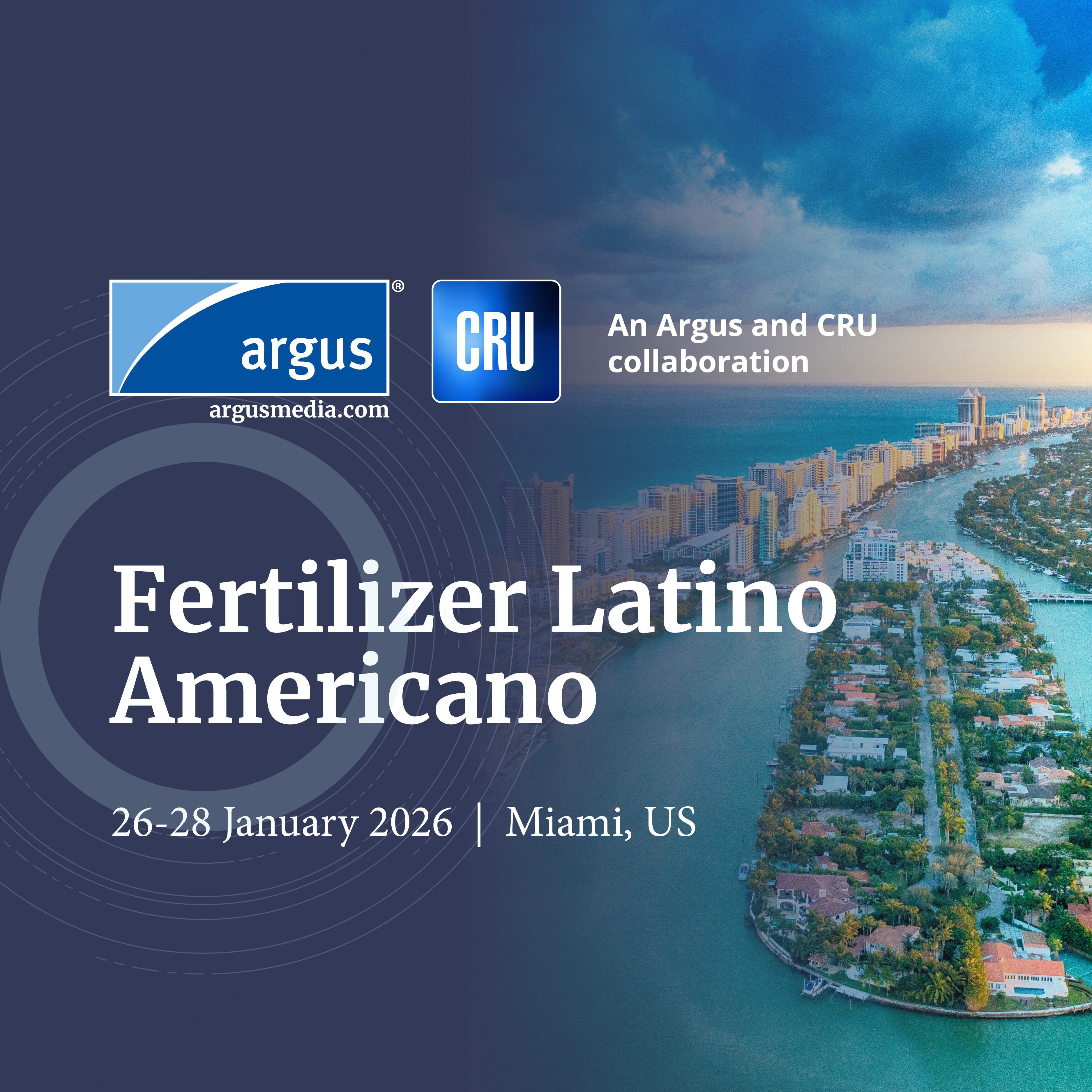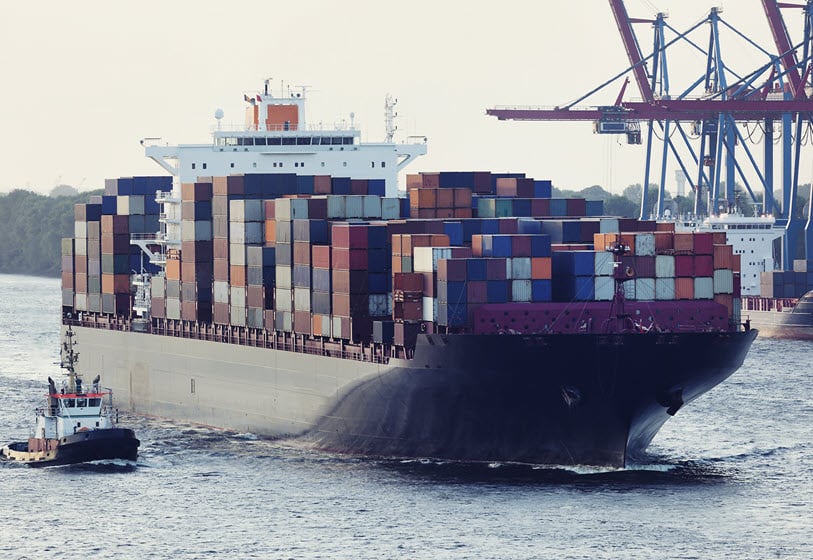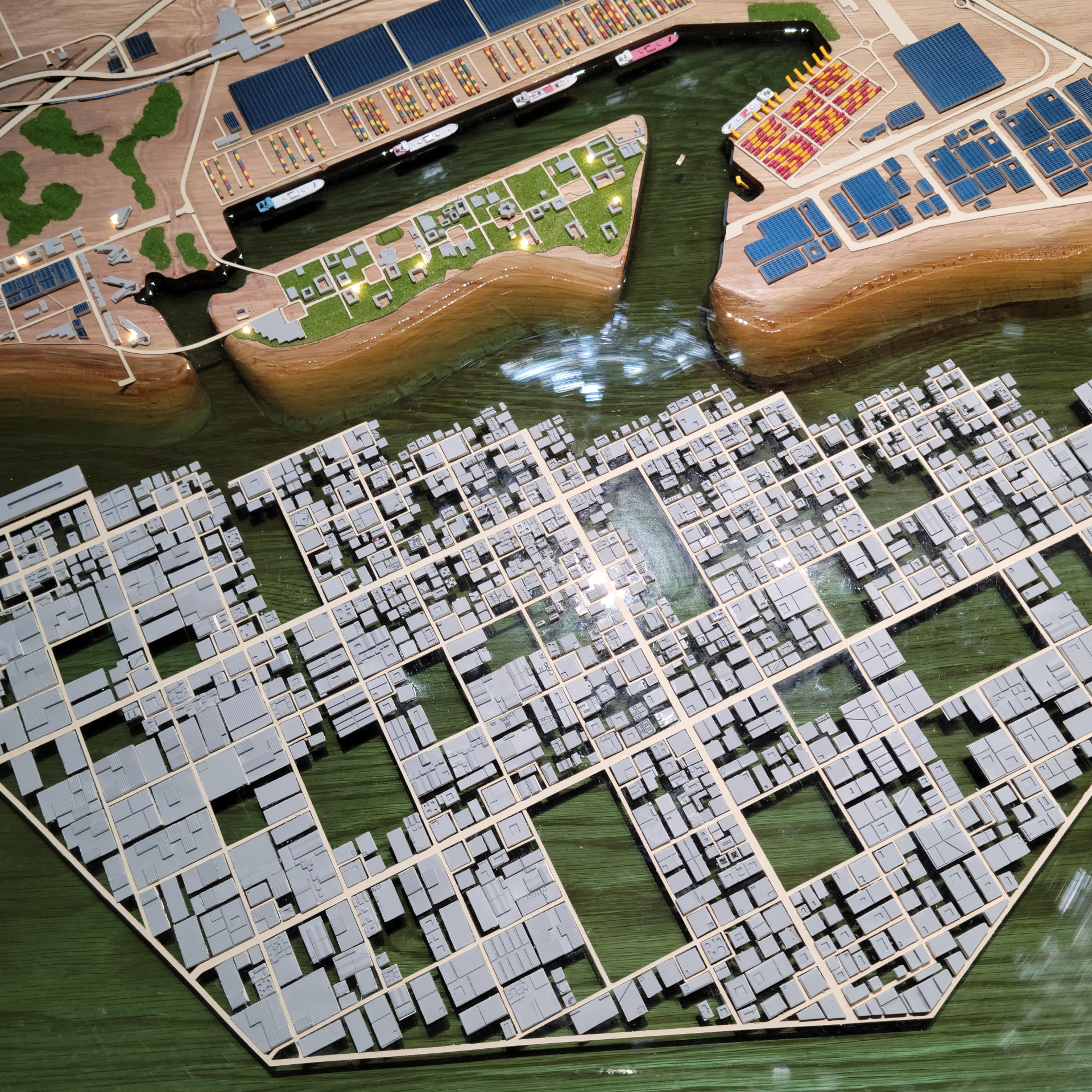China’s push to improve the environmental performance of its industries has now shifted focus towards the sulphur market which is another example of the “red dragon going green”.
Nantong port on the Yangtze river will ban the imports of all solid sulphur. The decision is intended to limit pollution to the nearby residential population of Nantong. Bulk crushed lump sulphur imports have been restricted to all Yangtze river ports since Q2 2018 with the product now only accepted in jumbo bags. The processing of molten sulphur to solid at sites along the Yangtze is also restricted.
Environmental concerns trigger sulphur import restrictions
The focus on the environmental performance of Nantong Port on the Yangtze River began in 2016 during inspections carried out by the Ministry of Ecology & Environment (MEE). The inspections identified that the sulphur storage site had caused pollution as waste water had been pumped directly into the river. The port’s water discharge is located only 1.8 km from Nantong city’s main water intake which was a major factor in the MEE’s decision to end sulphur trade to the port.
From October 2018, the port of Nantong will cease imports of sulphur and begin the process of selling off remaining port stocks. There is currently no official timeline for stock drawdown at the port but CRU expects that most of the current volume will be sold into the market in Q4 2018.
Yangtze river ports increase sulphur import share
China imports a mix of molten, granular and crushed lump sulphur, with Yangtze ports receiving all these product classes. The new import restrictions are aimed at limiting the environmental impact of dust, which is generated in the unloading or processing of sulphur. Yangtze River ports accounted for 53% of all Chinese sulphur imports in 2017 with the Nanjing port district, which includes Nantong and Zhenjiang, the major point of arrival in China.
Crushed lump restrictions limit supply options
Bulk crushed lump sulphur has been restricted since early 2018 with arrivals limited to product which has been shipped in jumbo bags. The restriction will require crushed lump sulphur to be bagged at the port of origin. The purchase of bagged sulphur is expected to add logistics and unloading costs to Chinese phosphates operations due to the cost of breaking the product at the point of consumption.
The policy has increased the price spread between granular and crushed lump sulphur from RMB 10-20 /t to RMB 40-50 /t. Bulk arrivals of crushed lump are now expected to target consumers in Southern China where there are not unloading restrictions. One origin which will benefit from the restrictions is Turkmenistan as it transports sulphur in jumbo bags to Bandar Abbas in Iran and had been breaking the bags at the port to load bulk carriers. This practice can now be avoided which will reduce the cost to get Turkmenistan sulphur to market.
Molten sulphur trade has also been affected by the crushed lump product restrictions as molten importers had solidified surplus sulphur in ponds and processed this to form a crushed lump product in China. This practice has now been banned along the river as the crushing process causes high levels of dust formation.
Zhenjiang to absorb displaced Nantong volumes
The shift of sulphur arrivals away from Nantong has already begun in advance of the formal closure to arrivals in October 2018. Zhenjiang port, located 150 km further upstream of Nantong, is expected to receive most of the Nantong volume but other Yangtze ports, including Nanjing and Wuhan, may also increase volumes.
Zhenjiang can handle 4.0 Mt /y of sulphur with the port also an export point for phosphates, which may present some backhaul opportunities. The port currently has lower port changes than major sea ports (RMB 30 /t) although, with the closure of Nantong and additional environmental protection costs, this is expected to increase. Zhenjiang currently has sulphur inventory capacity of 0.8-1.0 Mt. Due to the increase in total product volume flow through the port there is expected to be increased pressure importers of all products to process volumes through storage more quickly than in the past.
Nantong stock sell off in Q4 2018 to weigh on prices
Zhenjiang port has already accepted increased sulphur arrivals in Q2 2018 with port stocks increasing to a peak of 0.75 Mt in June. In early August 2018, total Chinese port stocks had declined to 1.65 Mt, but Nantong and Zhenjiang stocks remained flat. Nantong will need to sell its 0.50 Mt stockpile in the market from October 2018 and although a formal timeline for the sale is not in place, it is expected that it will be completed by end-2018.
How will import restrictions affect the Yangtze river sulphur market?
China has decreased its total sulphur imports due to weaker demand growth and increased Chinese sulphur production. From a peak of 12.0 Mt in 2016 sulphur imports declined to 11.2 Mt in 2017 with 2018 trade expected to total only 10.9 Mt. Imports to the Yangtze River market account for over 50% of total trade and the influence of this region is not expected to decline.
The primary short-term market impact is expected to be the selloff of Nantong port inventory which could release 0.5 Mt of supply into the market in Q4 2018. Zhenjiang has the capacity to handle the expected trade volumes but the limiting of unloading locations could increase congestion.
In the longer term, demand for sulphur from the Yangtze phosphate fertilizer industry is expected to remain robust, as discussed in the recent Insight “Hubei phosphate producers in no hurry to relocate”.
The environmental drivers behind the decision at Nantong port is another sign of the “red dragon going green”. The concern will be that the type of restrictions and limitations to sulphur trade are adopted more widely at Chinese ports and that this adds to the costs of bringing sulphur into the country.

















